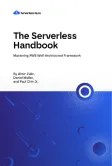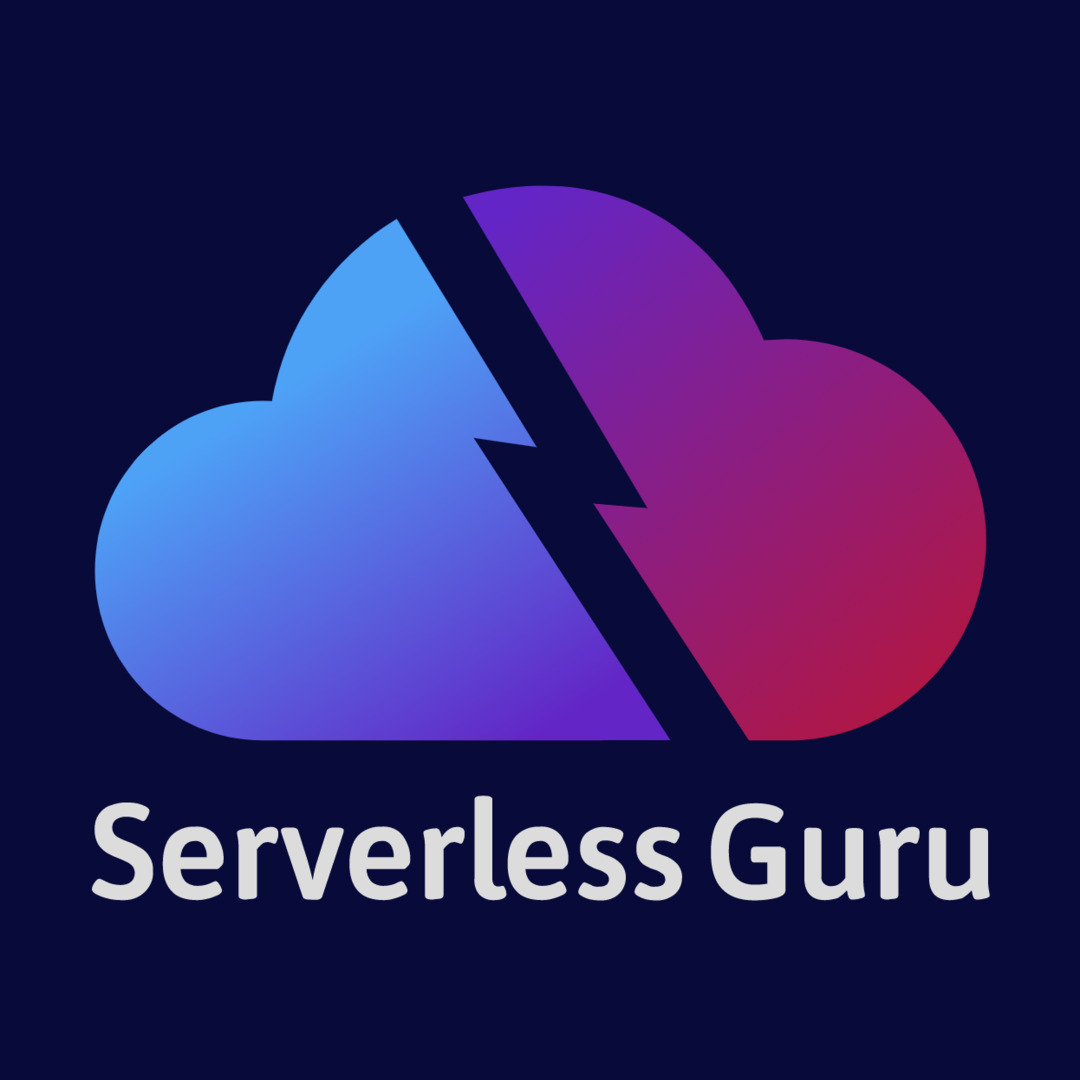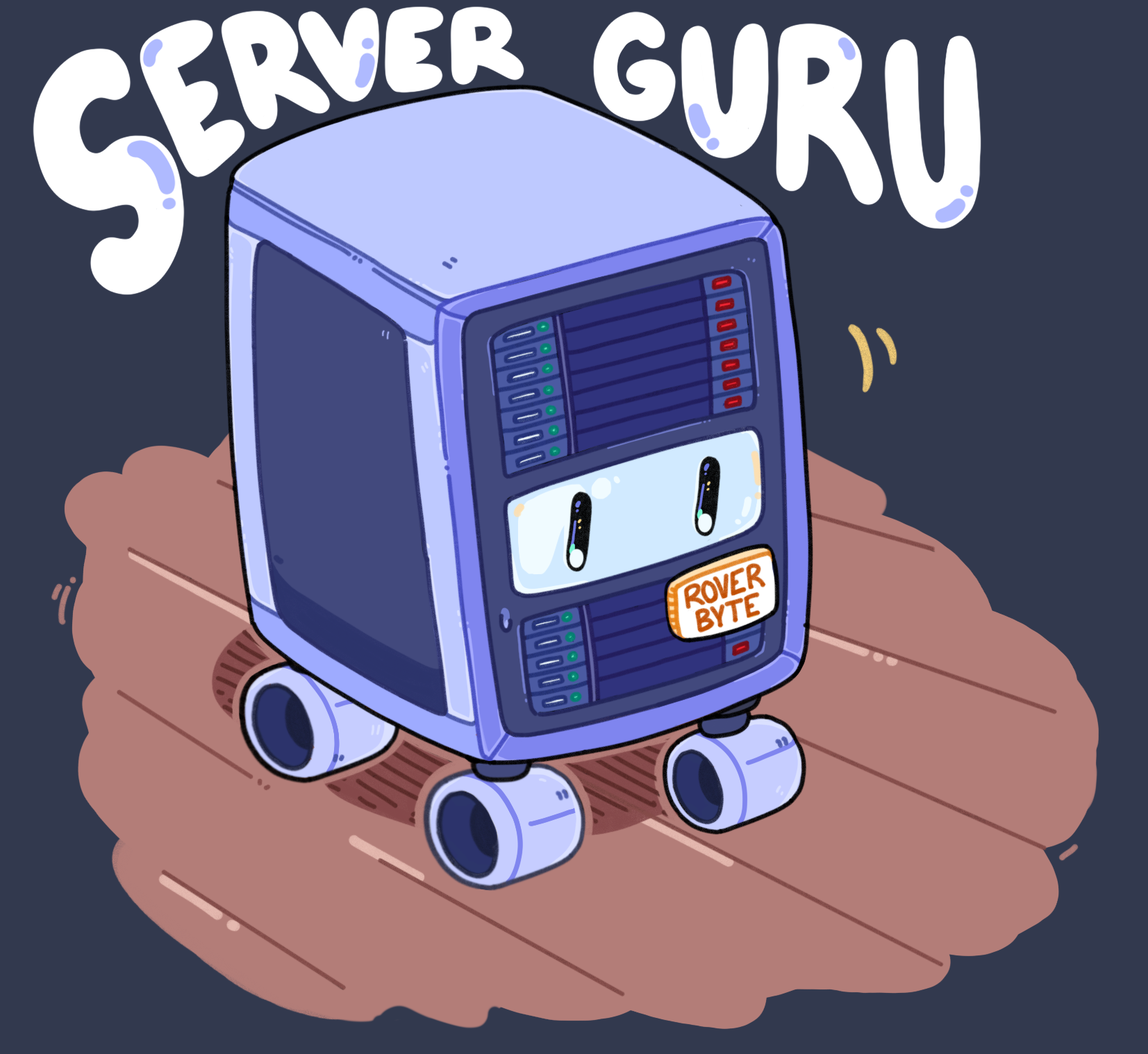
Looking for Senior AWS Serverless Architects & Engineers?
Let's TalkIntroduction
Dr. Werner Vogels’ re:Invent 2023 keynotes are important as they reflect both his role as the Chief Technology Officer and Vice President of Amazon and the broader significance of the topics he addresses. In this post, we will look at insights into the direction of AWS and the industry as a whole and some of the innovations he announced.
Dr. Vogels keynote focused on bringing back the practice of cost-awareness with cloud computing. He talks about the laws of building cost-aware, sustainable, and modern architectures based on The Frugal Architect.
Dr. Vogels also discussed Generative AI and its place in our world today.
This blog post aims to summarize and highlight key takeaways from Dr. Vogels’ re:Invent 2023 keynote.
A Hollywood-Inspired Beginning

Vogel’s keynotes typically start with sketches inspired by Hollywood blockbuster movies. This year’s sketch was a continuation of last year’s The Matrix sketch but with different characters representing “The Architect” and “The Oracle”. The first sketch at the beginning with the architect, is a satirical take on the challenges of cloud migrations. The architect character named “Banner”, is trying to convince his boss, Dr. Verner Vogels, to migrate their systems to the cloud. Dr. Vogels is initially resistant, but Banner eventually convinces him by pointing out the cost savings and other benefits of cloud migration.
The Evolution: Pre-Cloud Constraints to Cloud Computing
Before the era of cloud computing, businesses grappled with hardware constraints that required meticulous capacity planning. Lead times were crucial, and companies like Amazon had to predict capacity needs, setting aside 15% of hardware allocation for unexpected usage spikes. This not only restricted innovation but also required intricate planning.
Cloud computing revolutionized this landscape, eliminating the need for conventional hardware and allowing businesses to move and deploy swiftly. Dr. Vogels emphasized that the removal of constraints opened up opportunities for experimentation and innovation, making it easier for individuals from various backgrounds to contribute.
The Frugal Architect

Dr. Vogels published The Frugal Architect providing guidelines for building cost-aware, sustainable, and modern architectures.
Cost awareness is a lost art. In the early days of cloud computing, there was a lot of focus on cost optimization. However, as cloud computing has become more mainstream, there has been a tendency to focus on speed and innovation at the expense of cost. Dr. Vogels argues that we need to regain this lost art of cost awareness.
We will highlight the “7 Laws” in The Frugal Architect.
Make Cost a Non-functional Requirement

Vogels stressed the importance of cost as a non-functional requirement, alongside security, compliance, accessibility, performance, availability, scalability and maintainability. He strongly suggests that cost and sustainability should be added to the list as non-functional requirements.
In the absence of more specific data, Dr. Vogels suggests that cost is a close proxy for sustainability. This is because more cost-efficient systems are also likely to be more sustainable. He encouraged building sustainable architectures and showcased examples of companies like WeTransfer and their significant reduction in server emissions by rearchitecting for sustainability.
Remember to consider cost at every step of the design process and monitor usage and cost metrics.
Systems that Last, Align Cost to Business
The keynote emphasized the need to align architecture and design with how a business generates revenue. Vogels shared a cautionary tale of a Telco company that failed due to mismatched business and technical decisions. The importance of repaying technical debt and building evolvable architectures was highlighted through examples like Nubank, where stable systems resulted in improved customer experience and significant cost savings.
He shared his experiences from the past 20 years at Amazon and how the company evolved its approach to cost and sustainability. Once again, he revisited the principles on which the early and core AWS services such as S3, EC2, DynamoDB and Lambda were built with cost and sustainability. He also showed how these services evolved to become cheaper and safer. In the case of Lambda, the first Lambdas were launched using T2 instances which was the only technology at the time providing the level of isolation required to be secure. T2 instances were too powerful for the initial lambda invocations which led to a lot of unused capacity but the Amazon evolved the architecture by introducing Firecracker VM which was more suitable for microservices and containerized applications that demand isolation and security.
Architecting is a Series of Trade-offs
Each choice we make in design and architecture involves a balancing act of trade-offs. It's important to frequently revisit these choices, carefully weighing both the technical aspects and business implications. This continuous evaluation enables strategic investment in resources that are most aligned with business objectives.
Unobserved Systems Lead to Unknown Cost

Vogels emphasized the importance of visible metrics in understanding and controlling costs. He highlighted the need for granular cost visibility at the microservices level, allowing for better control and optimization. This visibility is crucial in avoiding diminishing returns for a service and ensuring a positive return on investment. He introduced myApplications as a tool for viewing and managing cost, health, security, and performance per application in AWS.
Cost-Aware Architectures Implement Cost Controls
The concept of tunable architectures, where components can be switched on/off based on business priorities, was introduced. Vogels encouraged businesses to establish and define application tiers, allowing businesses to evaluate trade-offs and be in control of boundaries.
Cost Optimization is Incremental
Continuous profiling and code optimization help ****eliminate digital waste and identify cost-reduction opportunities. Dr. Vogels highlighted 4 principles to maximize savings opportunities:
- Stop unused processes and development environments to avoid unnecessary costs.
- Rightsize environments and resources for optimal cost savings.
- Shift workloads and applications to more cost-effective environments as they become available.
- Reduce features and functionalities that are not necessary or do not provide additional value to further reduce costs.
Unchallenged Success Leads to Assumptions

Dr. Vogels quoted Rear Admiral Grace Hopper to remind us to remain humble, curious, and open-minded with evolving practices brought about by technological advancements**. Change** is inevitable and we need to embrace it to continuously learn and grow. Cloud computing technologies are more accessible than ever for all experience levels and now is the perfect time to experiment and learn new things.
Generative AI
The massive success and disruption that followed when OpenAI released ChatGPT has inspired tons of applications and use cases for Generative AI and Large Language Models (LLMs). Although it has been the world’s focus for most of 2023, it was not the main theme of the keynote as most of us suspected.
AI For Now
Dr. Vogels talked about the impact of generative AI on our world. He talked about how it changes the way we solve real-world problems and collaborate. He gave several examples of how generative AI is being used today, such as in code generation and chatbots. Amazon CodeWhisperer is an AI-powered coding assistant and Amazon Q (Preview) is an AI-powered assistant/chatbot that can answer questions.
AI must be used for the common good and responsible/ethical usage must be a priority. He provided companies such as International Rice Research Institute (IRRI) that improved sorting productivity by 30-40% and Cergenx which used AI to scan for brain injuries in infants.
Dr. Vogels emphasizes the role of AI in helping developers build more efficient and sustainable systems. He cites examples of how AI can be used to optimize resource usage and identify waste.
Good AI Needs Good Data
Data quality is extremely vital for training AI models. General-purpose AI models are fun, but tailored models are more useful as they align with your business. An AI-powered application is only as good as the data it is fed. There are plenty of data sources in various data formats today. Proper governance and maintenance of data is crucial to take full advantage of what AI can offer.

Dr. Vogels encourages us all to just start building. There are several tools out there that make it easy for us to leverage AI in solving real world problems. It has never been easier. What we thought was impossible just a few years ago is now very achievable so let’s all learn, experiment, and collaborate to build a better world through AI.
Controversial Questions and Unanswered Aspects
Unlike like last year, he didn’t mention anything about Serverless or event-driven architectures. Does this mean the hype train for Serverless has stopped?
While Vogels provided valuable insights into cost-aware architectures and sustainability, some controversial questions remain unanswered. What potential downsides or challenges might arise from the relentless pursuit of cost optimization? Are there ethical concerns or unintended consequences that were intentionally downplayed?
Additionally, the keynote focused on the successes of AWS and its clients, but what about instances where cost optimization strategies failed or led to undesirable outcomes? Were there deliberate omissions to present a more favorable narrative?
Conclusion
Dr. Werner Vogels' AWS re:Invent 2023 keynote offered a glimpse into the future of cloud computing, emphasizing cost awareness, sustainability, and evolvability. However, the unexplored aspects and unanswered questions raise intriguing possibilities for further discussion within the tech community. As the industry continues to evolve, it's crucial to consider not only the successes but also the potential pitfalls and ethical considerations associated with the relentless pursuit of cost optimization.





%20(1).svg)

.webp)
.svg)








